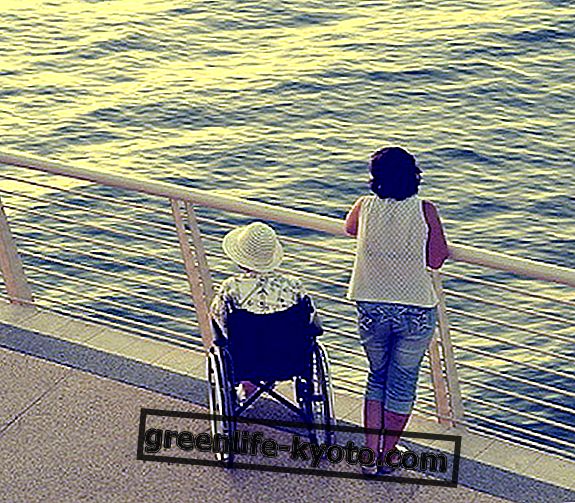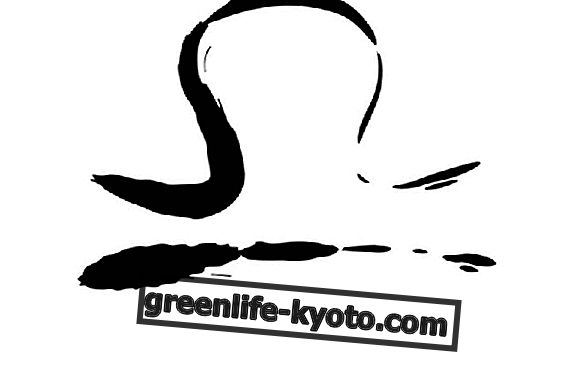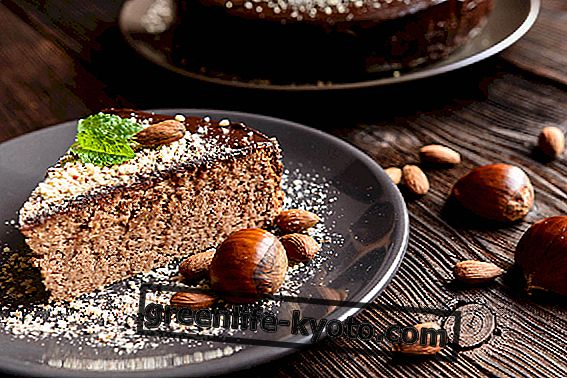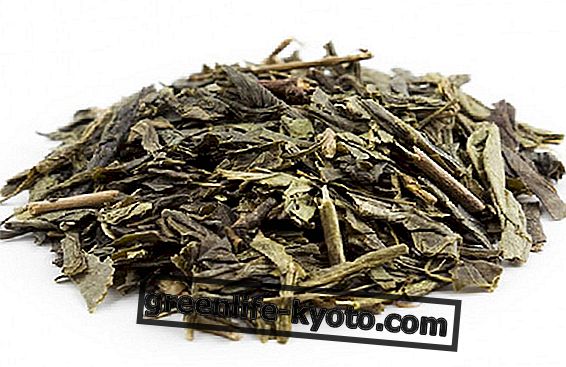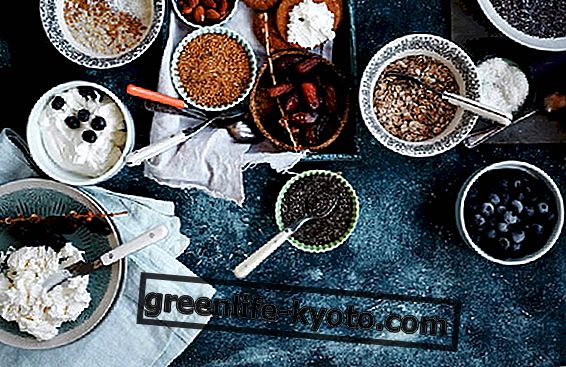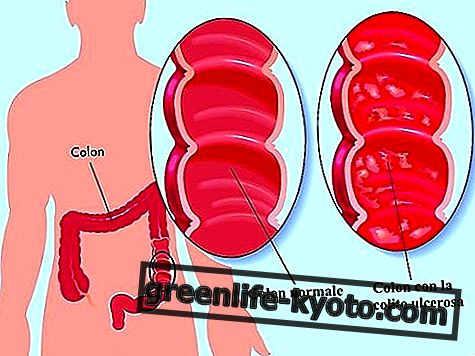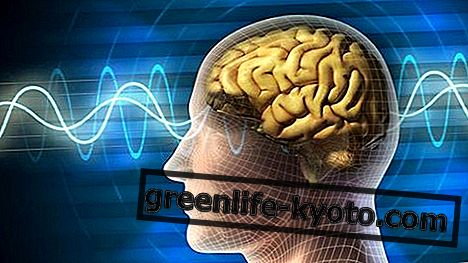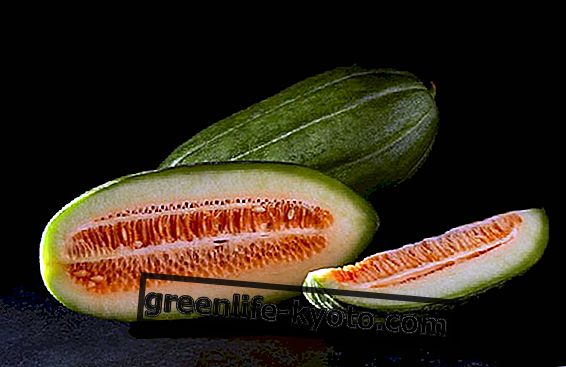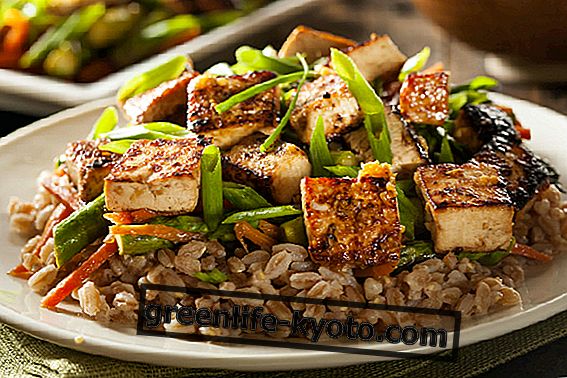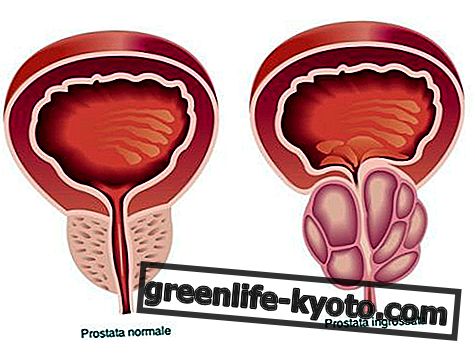
Muscle contractions are muscle injuries. Among the injuries to the musculature are those of a milder, remediable and reversible nature .
Muscle contractions occur with involuntary muscle contractions, when they are stressed beyond their own tensile capacity.
Let's look specifically at the symptoms and natural remedies.
Symptoms of muscle contractures
The manifestation of a muscular contracture is painful, characterized by a hardening of the affected muscle. It differs from cramps in that the latter are sudden and very painful, and last for a few minutes, while the contractions, being lesions, prolong their painful manifestation for a few days and are distinguished by a persistent pain but milder than the cramps .
In some cases, muscle contracture limits the mobility of the involved muscle and connected muscles.
The duration of the painful manifestation of a muscular contracture can vary from 3 days to 10 days .
Causes of muscle contractures
Muscle contractures are frequently found during sports activities that are not adequately calibrated for the abilities of the stressed muscle.
The causes are due to a lack of athletic preparation, sudden and sudden movements and lack of heating .
Muscular contractures can also be found in situations of slight physical and muscular stress: everything depends on the motor state of those who practice the activity.
Stretching after training
Treatments for muscle contractures
Rest is the main natural cure for muscle contractures: the muscle needs to rest and remedy itself for the mild injury to which it was subjected.
Since muscle injuries are accompanied by muscle hardening, the next and main natural remedy is to stretch the muscle and dissolve superfluous hardening and tension.
For this purpose, slight manipulations of kneading and lengthening of the affected muscle and of neighboring muscles can be performed, even indirectly involved.
Stretching can be beneficial but must be performed with light movements and without worsening the painful state.
Shiatsu allows to intervene on the muscles without manipulating the interested part: it is therefore ideal in case of contractures because, pressing distal points, it is possible to have immediate answers. The same result occurs through kinesiology treatments, intervening on the neurovascular and neuroreflex points.
Other supportive remedies, which however cannot in any way disregard adequate rest, concern the application of hot compresses on the area, such as those made with clay, which is a strong anti-inflammatory, or cornmeal.
Even simply massaging with essential oils the affected part can help relax the muscle fibers and facilitate the self-healing process.
